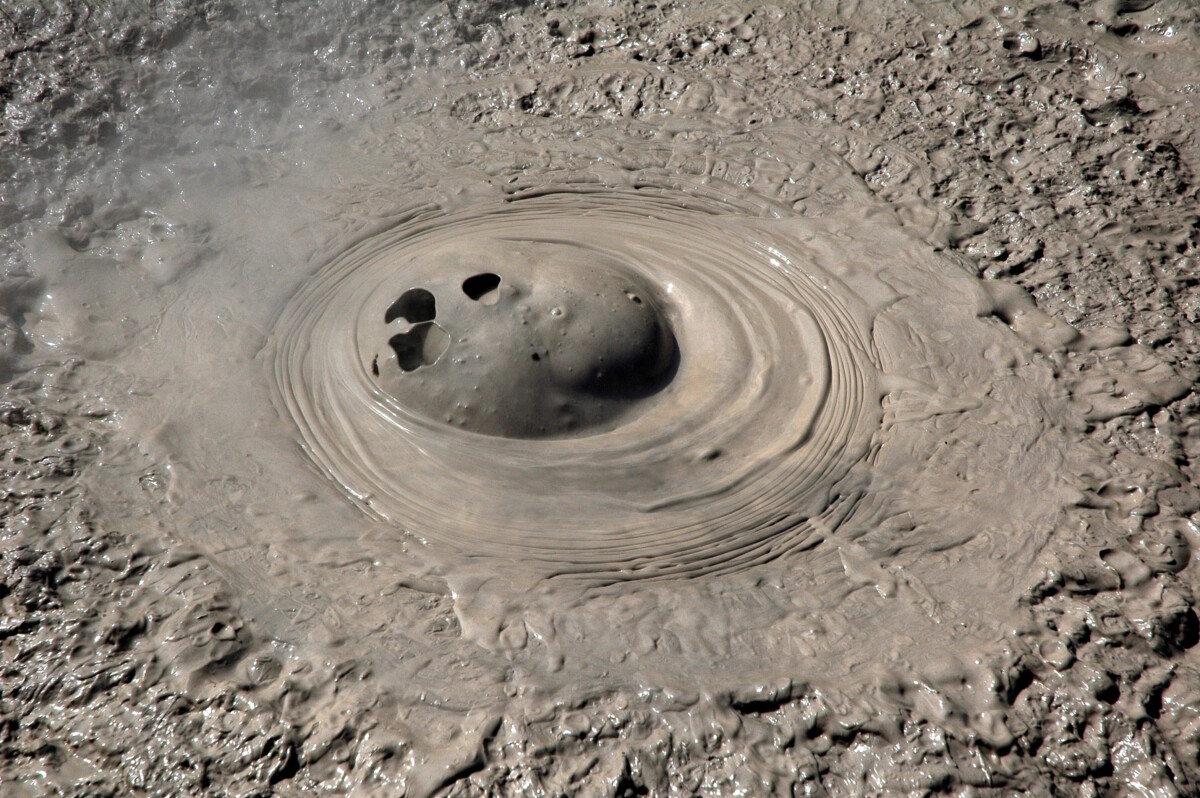
Budo Beat 19: Sixth Sense
The “Budo Beat” Blog features a collection of short reflections, musings, and anecdotes on a wide range of budo topics by Professor Alex Bennett, a seasoned budo scholar and practitioner. Dive into digestible and diverse discussions on all things budo—from the philosophy and history to the practice and culture that shape the martial Way.
Last week, while interpreting at the 49th Foreign Kendo Leaders’ Summer Seminar (AKA Kitamoto Seminar)—an event packed as tightly with wisdom as a Tokyo rush-hour train—the word kizashi (兆し) emerged repeatedly, defying neat English translation. Fellow translator Jonathan Levine Ogura and I pondered why this elusive philosophical mole kept surfacing more often lately. Thus prompted, with the determined imprecision of someone chasing a firefly, I resolved to unpack this subtle concept in a blog post.
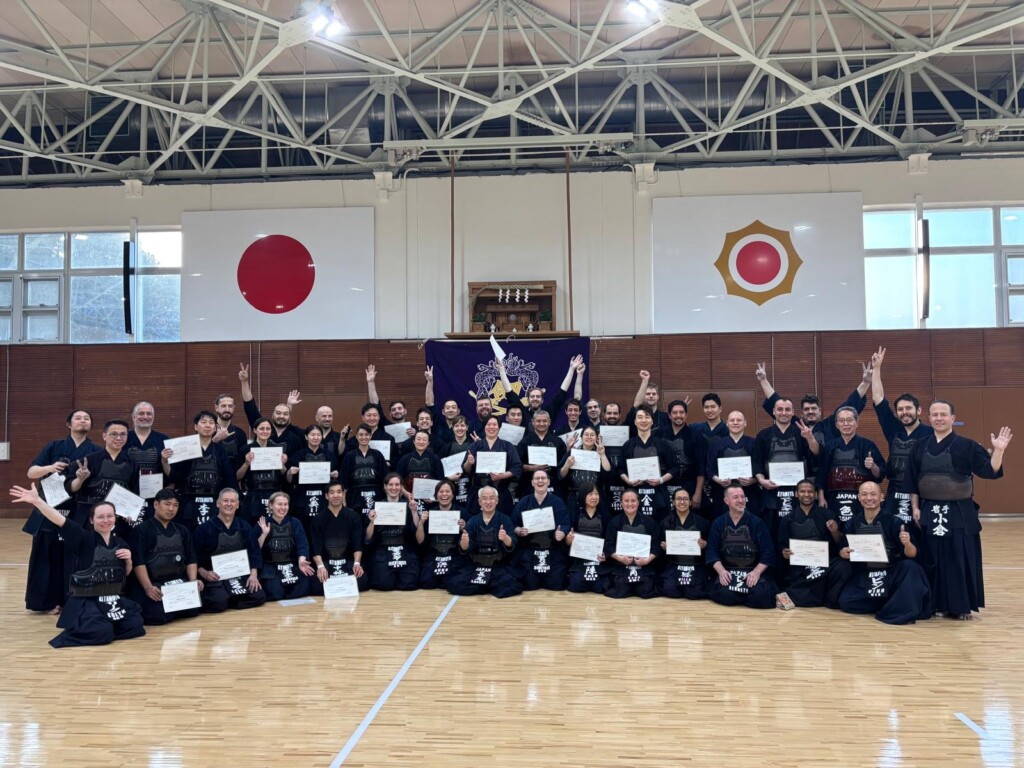
So, what is it? It has nothing to do with the usual ki (気= life force) in budo; well not the direct kanji meaning. This is where a little bit of confusion crops up when people hear the word. Kizashi, the subtle omen, that faint whisper from the future, is everything in budo. Often translated into English as “sign”, “omen”, “foreshadowing”, or “harbinger”, kizashi captures something both delicate and decisive.
In my own training, I’ve found few notions as elegant or as stubbornly opaque as kizashi, this gentle yet decisive forewarning. I have been taught about the concept using different phrases before. For example, “mihatsu no mi” (未発の身), which means “the body before it issues forth”—that fleeting, tantalizing instant when your opponent’s ki has formed but not yet released into movement. This is precisely the instant the martial artist learns to recognize and exploit, the subtle trembling of intention that precedes action, the nanosecond between decision and execution.
As someone told me during training in Osaka recently: “When you get down to it, budo’s all about anticipation—not hitting the opponent when they move, but catching them just as they’re thinking about it. It’s feeling that split-second gap between what they could do and what they actually do. Basically, it’s not about being quick—it’s about being early, timing so perfect it’s almost spooky.”
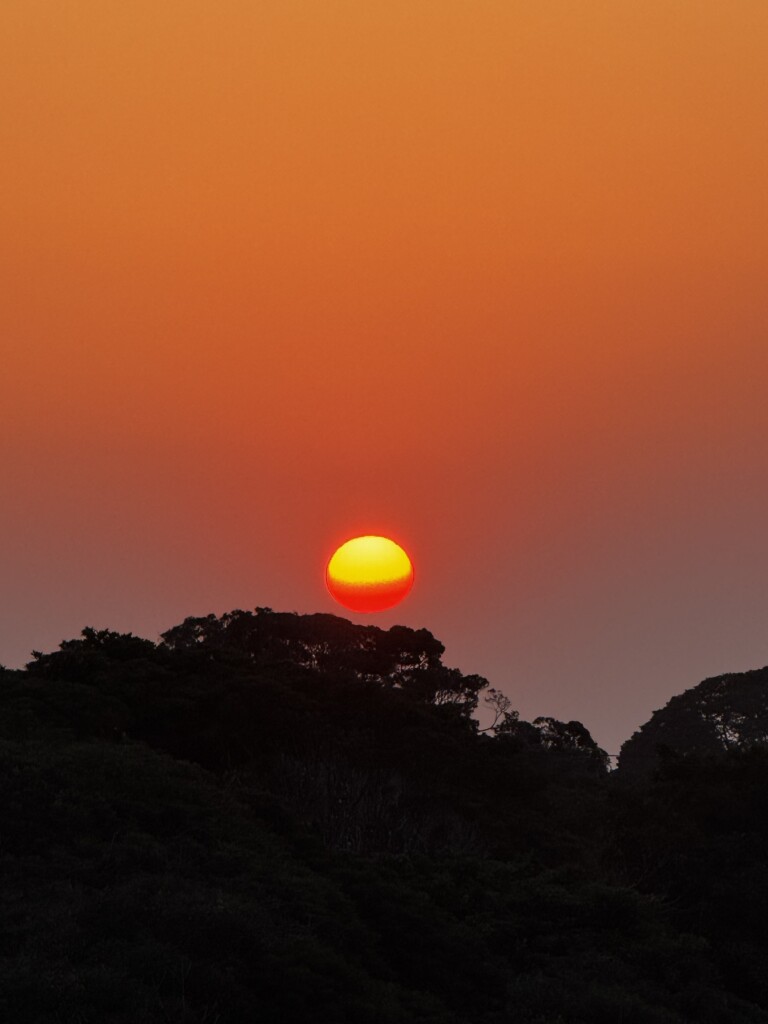
It’s like having an uncanny sixth sense—a whispered instinct that tells you precisely, “Ready. . . NOW.” Hitting that elusive dot just before the N flickers into existence. (Look closely)
Kizashi is precisely in those fleeting instants before action unfolds—it’s that faint shift of weight just before your opponent lunges, the tightening of their butt cheeks a heartbeat before a strike, or the brief flicker in their eyes signalling intent. These subtle cues are the whispers of kizashi, the brief windows through which victory or defeat is glimpsed, ever so briefly, before reality catches up.
Yet there’s a little trap waiting to ambush even the most attentive budoka—and tonight at the Butokuden, I stumbled straight into it. With kizashi firmly lodged in my mind (because I was still writing this blogpost), I spent training trying a bit too hard to sense the moment before the strike. Afterwards, my sensei, with gently brutal honesty, remarked: “I was expecting you to hit, but you held back…That’s why I whacked your ass instead…” Sheepishly, I admitted, “I was really focusing on sensing the kizashi before launching.”
His reply cut straight to the heart of the matter: “You can’t just wait—you must create the chance. Take initiative, apply the pressure, then you’ll sense that kizashi and find your opening.” Classic ‘seme 101’, and exactly what I myself often preach to students. More practising, less preaching. Another lesson painfully learned: focus too narrowly on one thing, and other important things including the bigger picture slip you by. Argh, the frustration of chasing clarity and finding only loose ends!
A seasoned budoka initiates and perceives kizashi, glimpsing the future in a muscle’s twitch, an eyelid’s flutter, or the gentle lean of an opponent. Budo, thus, becomes less about raw strength or speed, and more about sensitivity—a cultivated awareness of these faint, fleeting signals. Kizashi, in essence, is the martial artist’s premonition, their quiet intuition speaking clearly where words fail.
A samurai poem of yore beautifully encapsulates this principle:
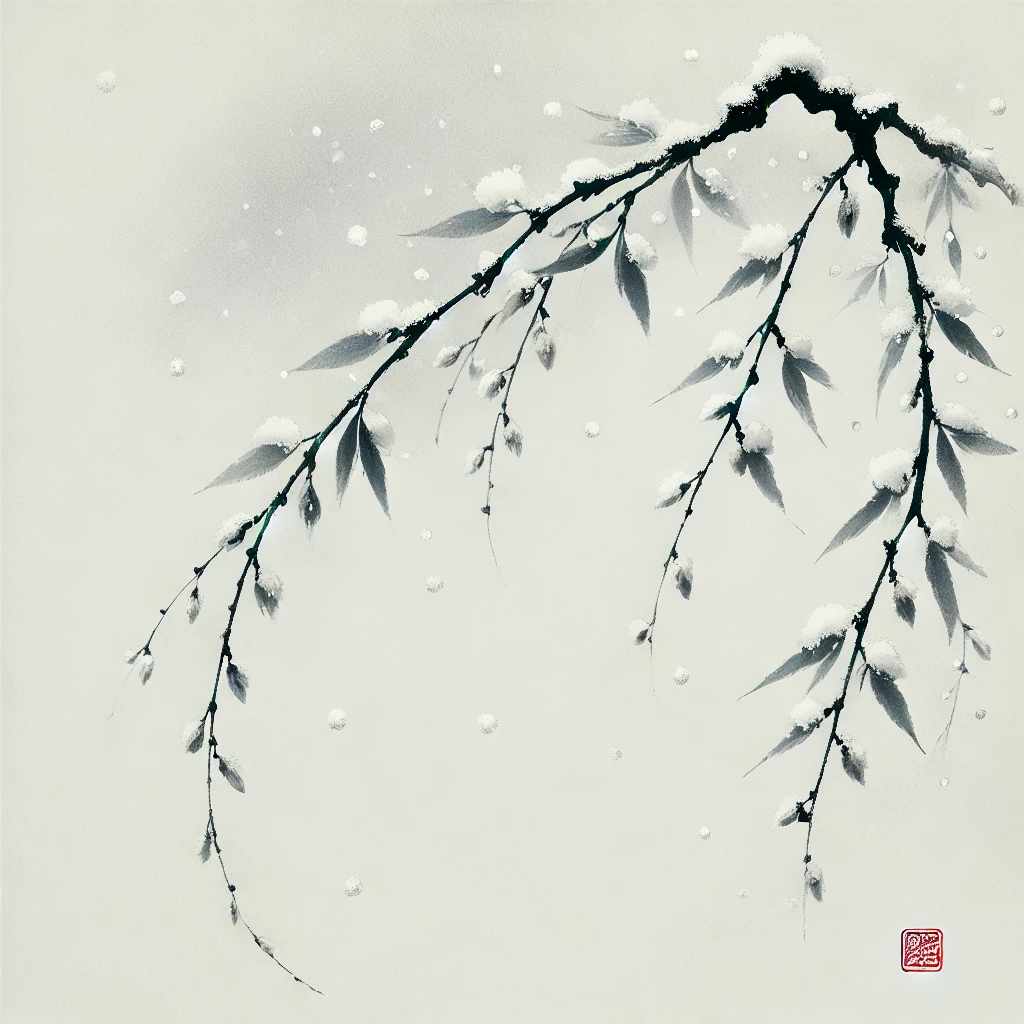
“When you see snow beginning to fall, brush it away before it accumulates; thus, the green willow branch remains unbroken.”[1]
What more graceful embodiment of kizashi than this simple yet profound image? It teaches vigilance, reminding budoka—and all who engage deeply with life—to respond to early signs. Act before the weight becomes unbearable, the poet urges; discern the omen and move, decisively and quietly.
In the martial arts, being oblivious to kizashi means defeat, perhaps even death (in the old days, that is!). Less dramatic in a modern dojo, perhaps, but still very humbling. In kendo, it’s in the nearly imperceptible shift of weight on your opponent’s back foot, a telltale twitch of fingers adjusting grip. In judo, it may be that momentary tension in the shoulders; in naginata, a subtle narrowing of the eyes just before the strike unfolds. Karate practitioners may sense it in the infinitesimally brief tightening of the hips; in kyudo, it’s the barely visible pause in the rhythm of drawing the bow, the moment just before release. Kizashi is omnipresent, yet elusive as mist: present to those who’ve honed their senses, invisible to the uninitiated.
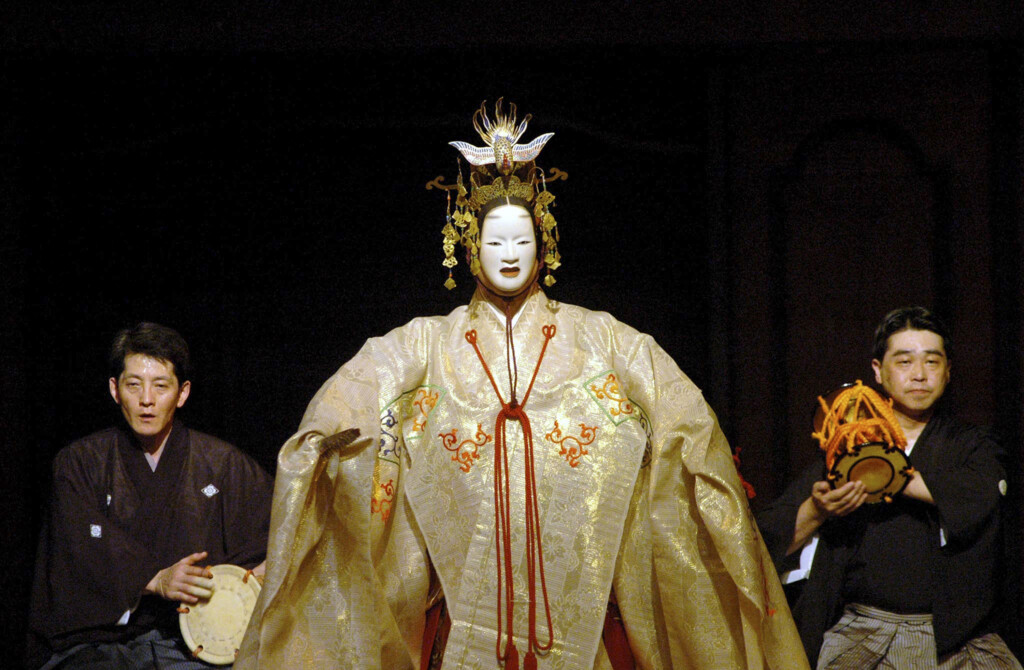
It might sound esoteric, even mystical, but kizashi is decidedly practical. It is not just reactionary wisdom—it’s proactive discernment. There are so many things that it links to. For example, breathing. A veteran sensei once whispered to me: “Alex mate, watch their breath.” Breathing betrays intentions—when shallow, tension follows; when deep, calm precedes action. Every inhalation a promise, every exhalation a revelation. The beauty, he suggested, is in anticipation rather than reaction, in foresight rather than hindsight. Observing such minute details such as this means that kizashi is magnified. The clues and cues are everywhere if you know where to look, and proactively creating rather than just reacting.
Western philosophy, from Aristotle to Bergson, spills much ink contemplating intuition and anticipation, but budo demands its practitioners live this principle bodily, not merely ponder it intellectually. Intuition becomes flesh-and-bone reality. The great masters of martial tradition rarely articulate kizashi—they embody it. They stand like willow branches, bending gently with the first hints of snow, never snapping under its full weight.
And here, I think, lies the most subtle truth of kizashi—it isn’t merely noticing what’s obvious, but learning to notice before it becomes obvious. It’s the ability to see what’s about to happen before anyone else sees it at all. Perhaps that’s why budoka train incessantly—shaping their bodies and minds to smell omens instinctively. The training hall echoes not only with the clash of bodies and weapons but with the profound silence of minds alert to faint whispers of the future.
To speak plainly, kizashi in budo represents a cultivated sensitivity to life’s delicate indicators, a skill relevant far beyond combat. Whether negotiating a difficult conversation or navigating life’s unpredictable terrain, recognising subtle signals (and your role in creating them) may save us from heavier burdens later. Just as the poet advises brushing away snow early, practitioners of budo train to resolve problems while they are still minor, maintaining a poised and adaptable mind.
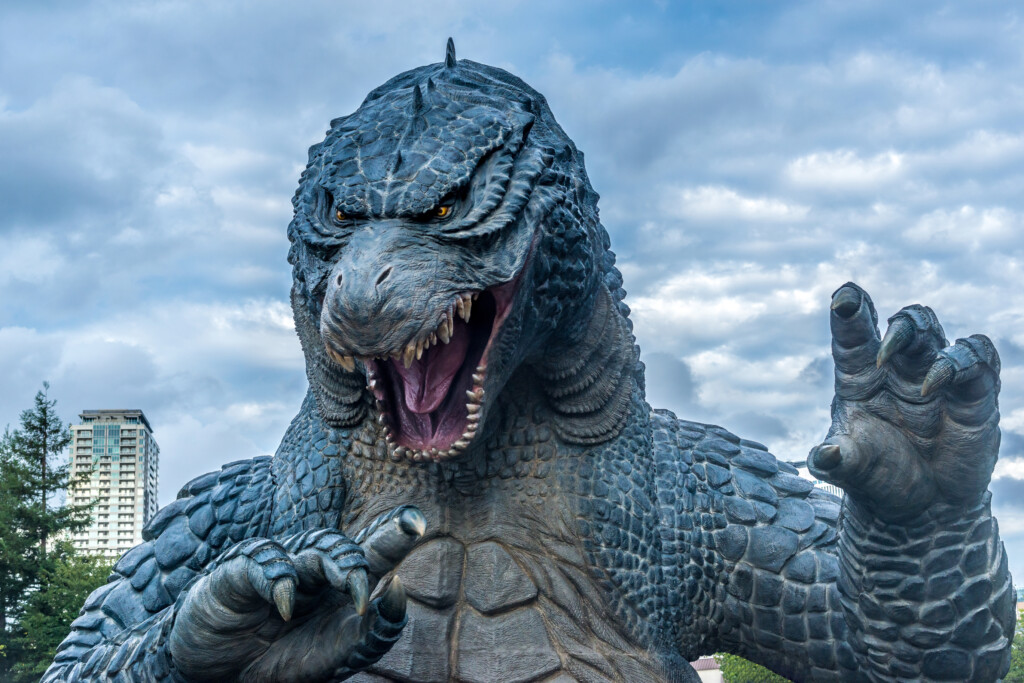
As an ideal, kizashi becomes a lesson in vigilance, humility, and quiet courage. Aware of small signs, practitioners remain calmly proactive, ensuring that small issues never snowball into insurmountable crises. The willow tree is their guide, strong precisely because of its flexibility, powerful precisely because it yields gracefully.
In my own experience in Japan’s budo traditions, I’ve learned that the true beauty of kizashi is its universality. I think it can almost be seen as one of the purest forms of communication with another human being. It’s an insight applicable to anyone, budoka or not—an encouragement to live attentively, noticing subtle changes and acting with quiet decisiveness. Indeed, it might just be the martial path’s greatest and most transferable wisdom: that life’s smallest omens, when heeded, can avert its greatest tragedies. After all, as the poet gently instructs, better to sweep away snow while it’s still falling lightly, protecting forever the delicate, unbroken beauty of the willow’s branch.
Now, perhaps, next time I’m interpreting at some budo event, everyone will nod knowingly at kizashi, letting me comfortably embrace the elegance of the original Japanese and not have to overthink things!
[1] 「降ると見ば つもらぬ内に払へかし 雪には折れぬ青柳の枝」(Furu to miba, tsumoranu uchi ni harae kashi, yuki ni wa orenu aoyagi no eda) in Dai Nippon Yūbenkai Kōdansha, Budō Hōkan, 1934, p. 780






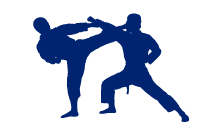

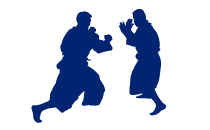

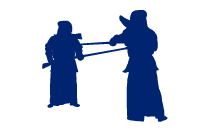


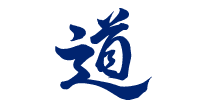
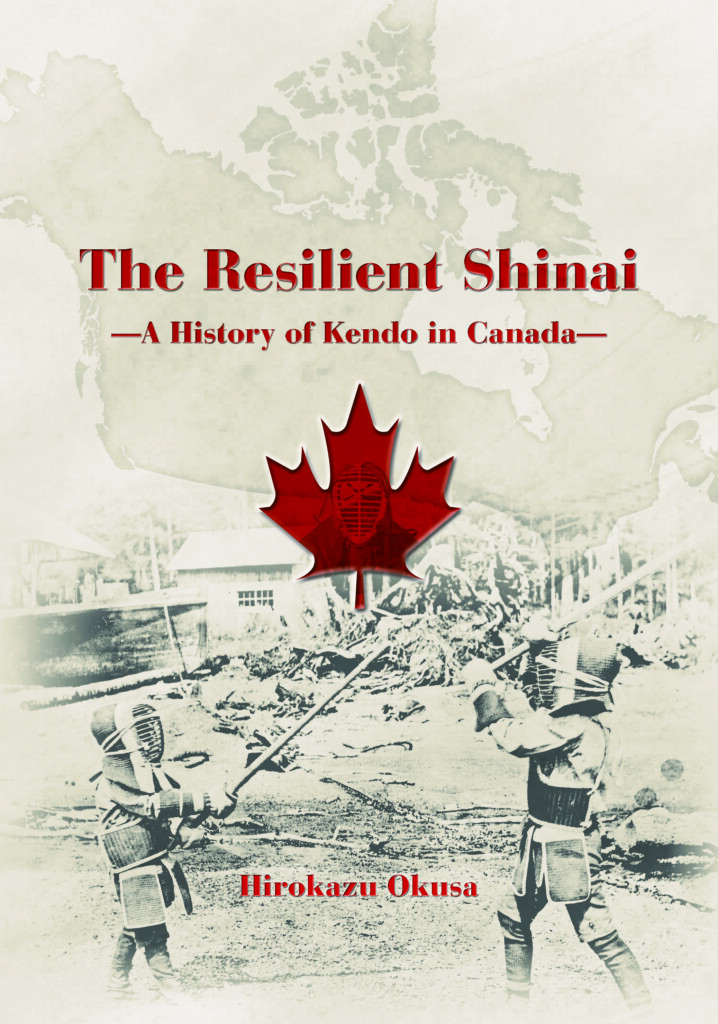

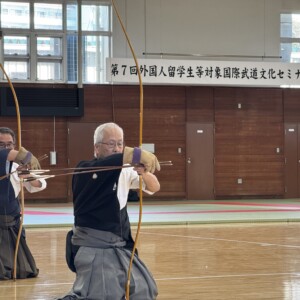

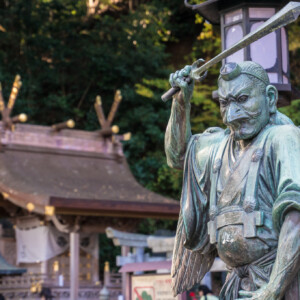
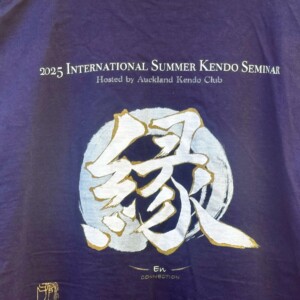
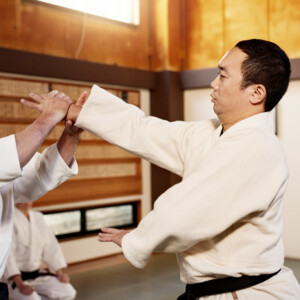
No comments yet.